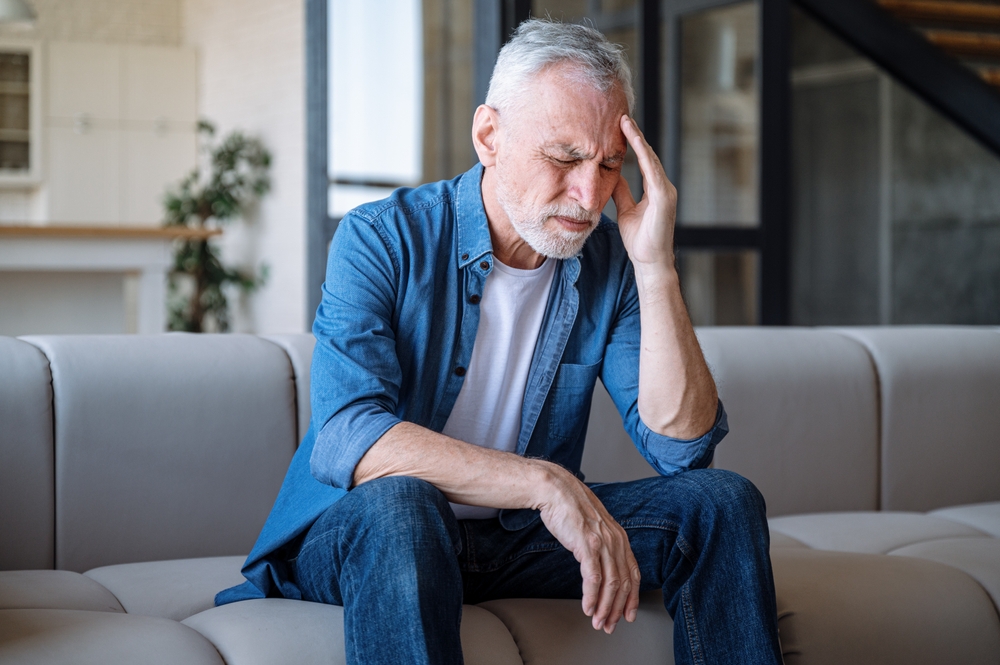Scientists anticipate that the prevalence of individuals in their 20s using hearing aids will become more common, reflecting the escalating issue of hearing loss as a public health concern.
While severe hearing loss is often associated with the elderly, recent years have witnessed an increase across all age groups. This surge in hearing loss underscores that it is not solely an “aging problem” but rather an emerging epidemic.
Projections indicate that within the next four decades, rates of hearing loss among adults aged 20 and older will double. The healthcare community recognizes this as a significant public health issue.
Let’s look a why experts are so concerned and what’s contributing to an increase in hearing loss among all age groups.
How hearing loss can cause other health problems
Profound hearing loss is a terrible thing to experience—everyday communication becomes challenging, frustrating, and exhausting. It can cause people to stop doing what they enjoy and withdraw from friends and family. If you don’t get help, it’s nearly impossible to be active while experiencing significant hearing loss.
Those with untreated hearing loss suffer from more than diminished hearing. They’re much more likely to develop:
- Dementia
- Cognitive decline
- Depression
- Anxiety
- Injuries from repeated falls
- Other serious health conditions
They’re also more likely to have difficulties with their personal relationships, and may have trouble getting basic needs met.
In addition to the impact on their personal lives, individuals experiencing hearing loss may face increased:
- Healthcare costs
- Disability rates
- Insurance rates
- Accident rates
- Needs for public assistance
These factors indicate hearing loss is a major challenge we need to combat hearing loss as a society.
What is causing increased hearing loss at earlier ages
There are several factors contributing to the recent rise in hearing loss among all Americans. One factor is the increased prevalence of common diseases that can cause hearing loss, including:
- Diabetes
- High blood pressure
- Cardiovascular disease
- Obesity
- Anxiety and unmanaged stress
- Poor diet and a lack of regular exercise
More people are suffering from these and related conditions at earlier ages, which contributes to further hearing loss.
The prevalence of hearing loss is also influenced significantly by lifestyle factors. Increased exposure to loud noises is particularly common in recreational spaces and workplaces. Modern technology, often producing high volumes, contributes to this trend, as we encounter loud music and other sounds in various settings. Typically, it is the younger age groups that experience the highest levels of noise exposure.
- Factories
- Shooting ranges
- Bars, clubs, and concerts
- Gyms
A growing number of individuals opt to wear earbuds and raise the volume of their music to potentially harmful levels. Additionally, there is an increasing trend of people using painkillers, whether for chronic pain management or recreational purposes. Prolonged and frequent use of opioids, ibuprofen, acetaminophen, and aspirin has also been associated with an elevated risk of hearing loss.
How are organizations responding to hearing loss as a public health issue?
Local, national, and world organizations have taken notice. They’re working to stop this upward trend by educating the public.
Organizations like Helping Me Hear are spreading the word about hearing loss:
- Risk factors
- Prevention
- Research
- Treatment options
Helping Me Hear encourages individuals to:
- Get their hearing tested earlier in their lives
- Know their level of hearing loss risk
- Wear their hearing aids
Any delays in these actions make the impact of hearing loss much worse.
Researchers, healthcare providers, and government organizations are looking for solutions. They’re also seeking ways to bring hearing-loss related costs down. This will help increase accessibility to advanced hearing technologies that significantly improve lives.
The World Health Organization (WHO) is working with scientists and organizations to develop comprehensive strategies. They are combining awareness, education, and health services to reduce the risk of hearing loss among underserved groups. Among their contributions, they’ve developed research-based guidelines for communities, which help local leaders understand the health impacts of noise. They explain what safe noise exposure is, and work with communities to reduce noise exposure for residents. In addition, they are furthering research on how opiate use and abuse can increase the risk of hearing loss.
The U.S. Department of Veterans Affairs is funding hearing loss studies and prevention initiatives, as well. They seek to address hearing loss among a particularly high-risk group—members of our country’s armed forces.
What you can do to help?
Stay informed as hearing loss is a public health issue. Take steps to slow the progression of your own hearing loss and share helpful information with others.
Get your own hearing tested if you believe you are suffering from hearing loss. If you find you need hearing aids, be sure to wear them.
The ultimate objective is to eliminate all instances of hearing loss. Wearing your hearing aids serves as a powerful reminder to others that they are not alone in facing this challenge. By doing so, you contribute to raising awareness about the issue of hearing loss within your community. This heightened awareness has the potential to drive changes in attitudes, policies, and actions surrounding hearing health.



